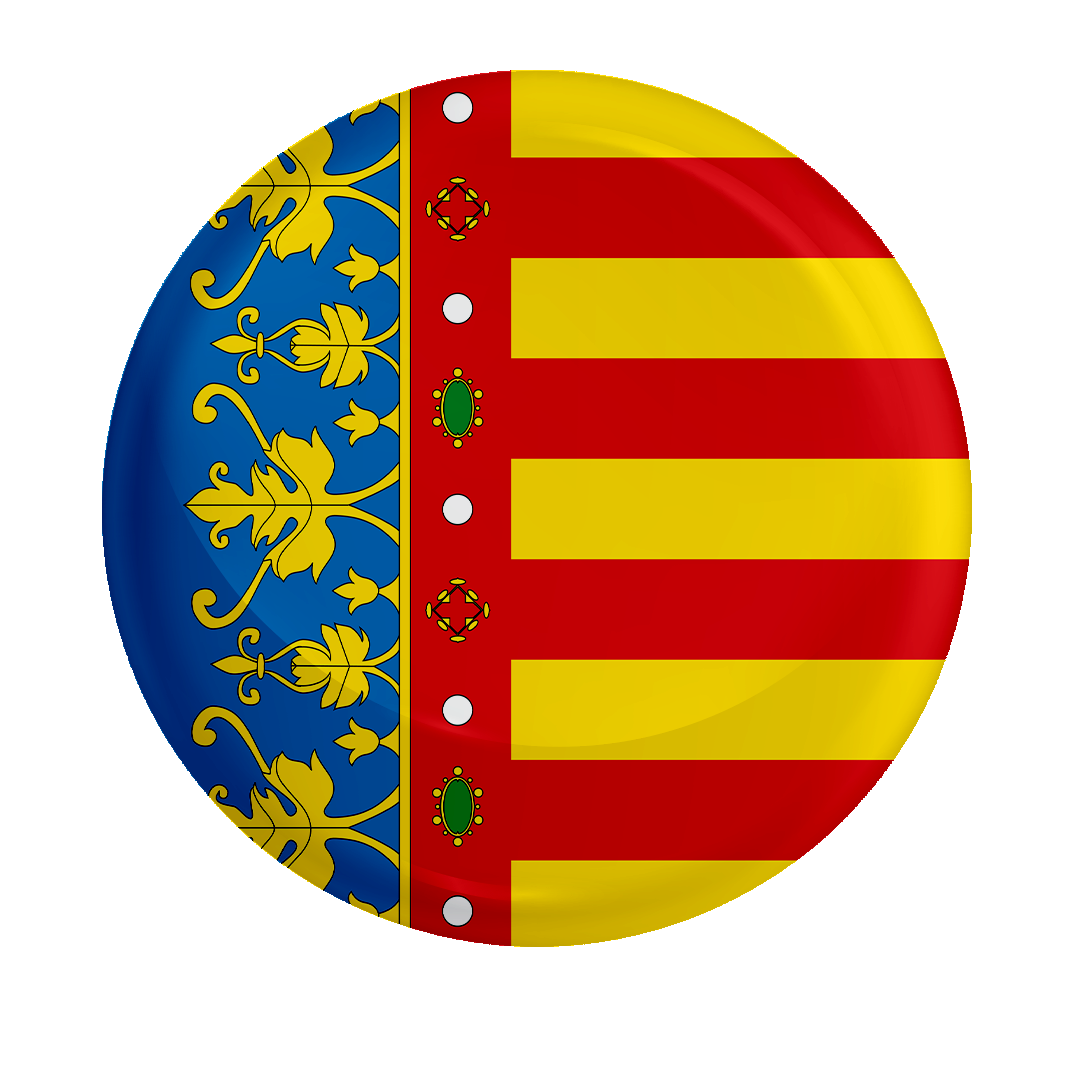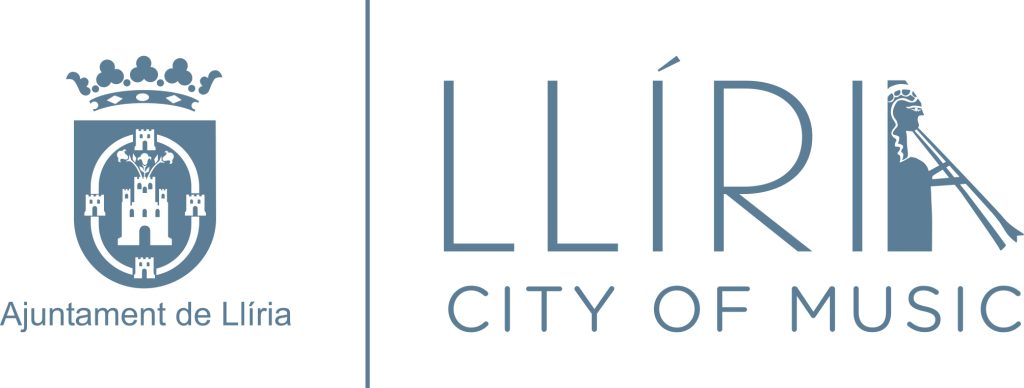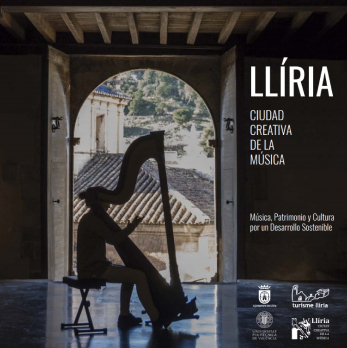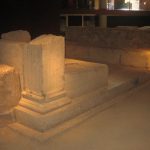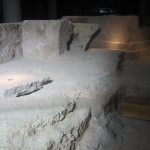The Department of Culture has prepared a special concert programme around the 1st “Llíria City of Music” International Orchestra Conducting Competition
Llíria will be a point of reference within the world of international music thanks to the celebration of the 1st “Llíria City of Music” International Orchestra Conducting Competition. Besides, the city will become the stage of the best concerts through the 1st Week of Music round the “Llíria City of Music” IOCC, which the Department of Culture organizes between July 10 and 17.
The Week of Music round the “Llíria City of Music” IOCC offers a very varied musical programme, with all kinds of formations and groups: jazz groups, chamber groups, vocal music and large orchestral and band formations; in order to link the competition to top-level concerts.
“The celebration of the competition is an exceptional event, but we wished it had a greater significance beyond the competition itself, and that every citizen got involved”, explains the Councillor for Culture Pedro Vicente. “Therefore, in addition to the fact that the competition has a public, we have designed a top-level music programme that will enliven the evenings throughout the week.”
The programme begins on Saturday 10 July with the concert by the duo MaBc Dúo, including marimba and clarinet, at the Church of La Sangre; the latter becoming the stage of most of the concerts of this week of music.
The rest of the concerts of the week will feature the Cuarteto Bolling, with a fusion programme from baroque to jazz, on Sunday 11; the Centre for Improvement of the Palau de les Arts, on Monday 12; the Trio Ditirambo and Vicent Llimerà, on Tuesday 13; and the Collegium Instrumentale de València, on Wednesday 14 July.
There will be a double musical appointment on Thursday 15 July. At 8 pm, the Youth Band of the Unión Musical will offer a concert at the Plaza Mayor. And, at 10:30 p.m., a Chamber Concert of the Valencian Community Orchestra will take place at the Theatre of the Banda Primitiva in Llíria.
The special concert programme may be consulted at the official website of Llíria City of Music and will end with a Concert of the Bands with performances by the Banda Primitiva de Llíria and the Unión Musical, which will take place at the Plaza Mayor, on Saturday 17 July at 10:30 p.m. In addition, this concert will serve to make known the awards of the winners of the “Llíria City of Music” International Orchestra Conducting Competition.
According to the Councillor for Music “our bands could not be absent from this programme, since they are the origin of our musical legacy. On the day of the final of the contest we will have with us many personalities from the world of culture and music. It is, therefore, a unique opportunity for them to see, first-hand, the potential and quality of the Clarín and the Unión. We want this concert to be an international showcase for our bands.”
The seats for the entire programme of activities can be booked from Tuesday 6 July through the App of Llíria.

